UNESCO's Historical Monuments of Ancient Nara
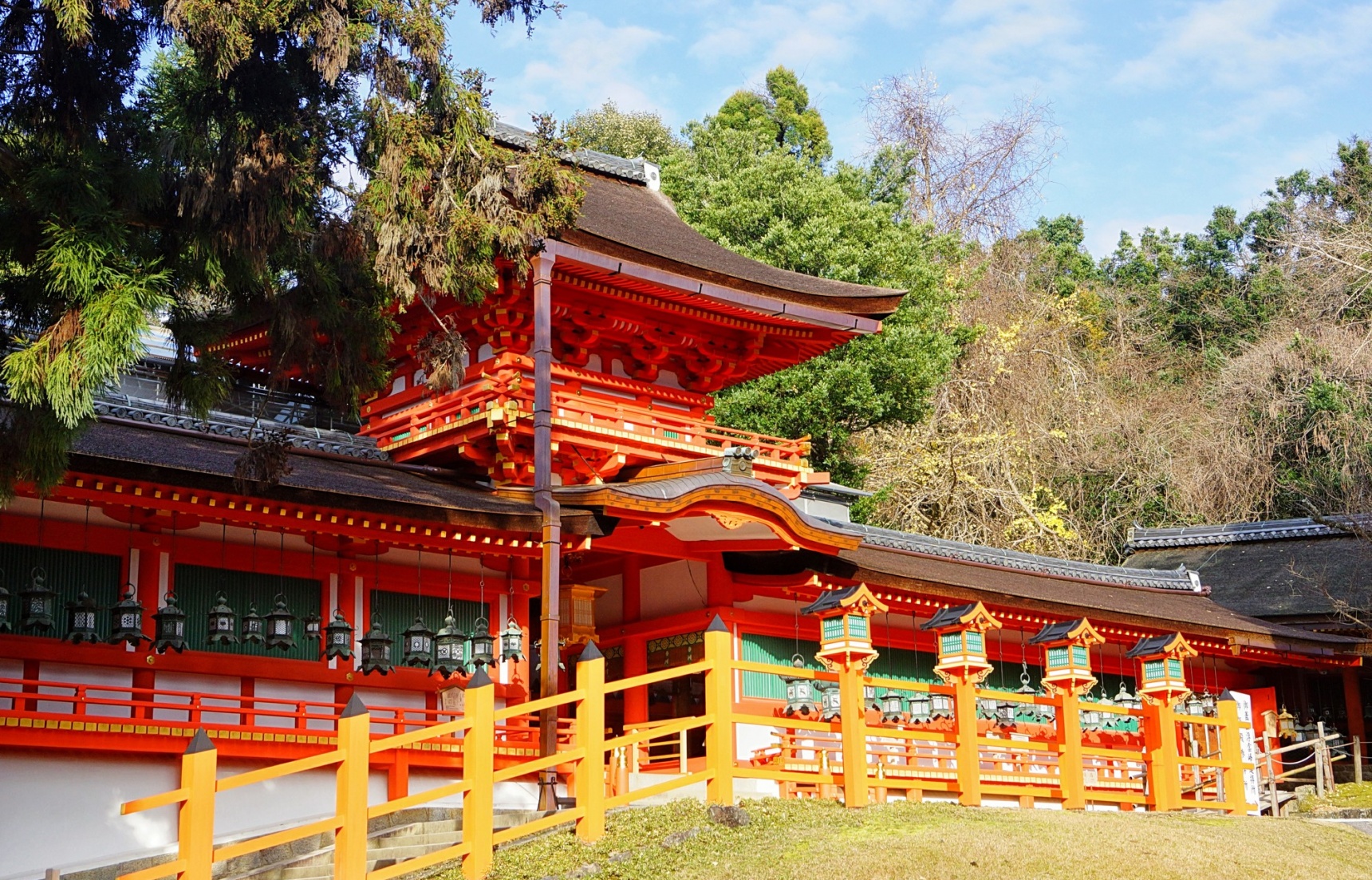
Nara was the ancient capital of Japan from 710 to 784, a time when the framework of the national government was consolidated. The area emerged as the fountainhead of Japanese culture and influence, thus lending its name to a historical period and resulting in a cluster of monuments that encompass a sprawling UNESCO World Heritage Site.
By John Asano8. Kasugayama Primeval Forest

The Kasugayama Primeval Forest, located near Kasuga Grand Shrine, is an old-growth forest of around 250 hectares (about 617 acres). Due to its connection to the shrine it's regarded as a sacred area and has remained unchanged since the sixth century. The ancient forest contains 175 different kinds of trees, 60 bird types, 1,180 species of insects and the summit of Mount Kasuga (498 meters [1,633 ft]).
7. Heijo Palace
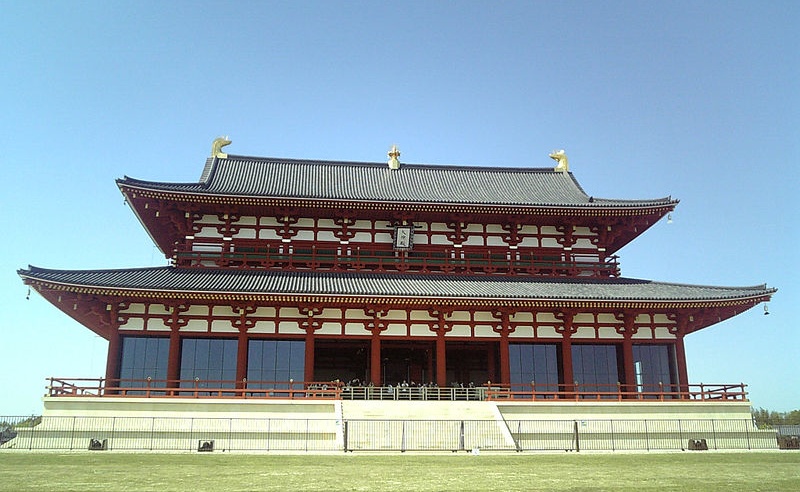
https://ja.wikipedia.org/wiki/%E3%83%95%E3%82%A1%E3%82%A4%E3%83%AB:Front_view_of_Daigokuden.jpg
Heijo Palace was the imperial residence of the emperor during most of the Nara Period (710-784) in the ancient capital of Heijo-kyo (modern-day Nara). The palace consisted of a large rectangular walled enclosure which contained several ceremonial and administrative buildings, including the government ministries. The palace was designed to provide an appropriate setting for the emperor’s residence, and act as an administrative center for the conduct of state affairs and the accompanying ceremonies.
6. Toshodai-ji Temple
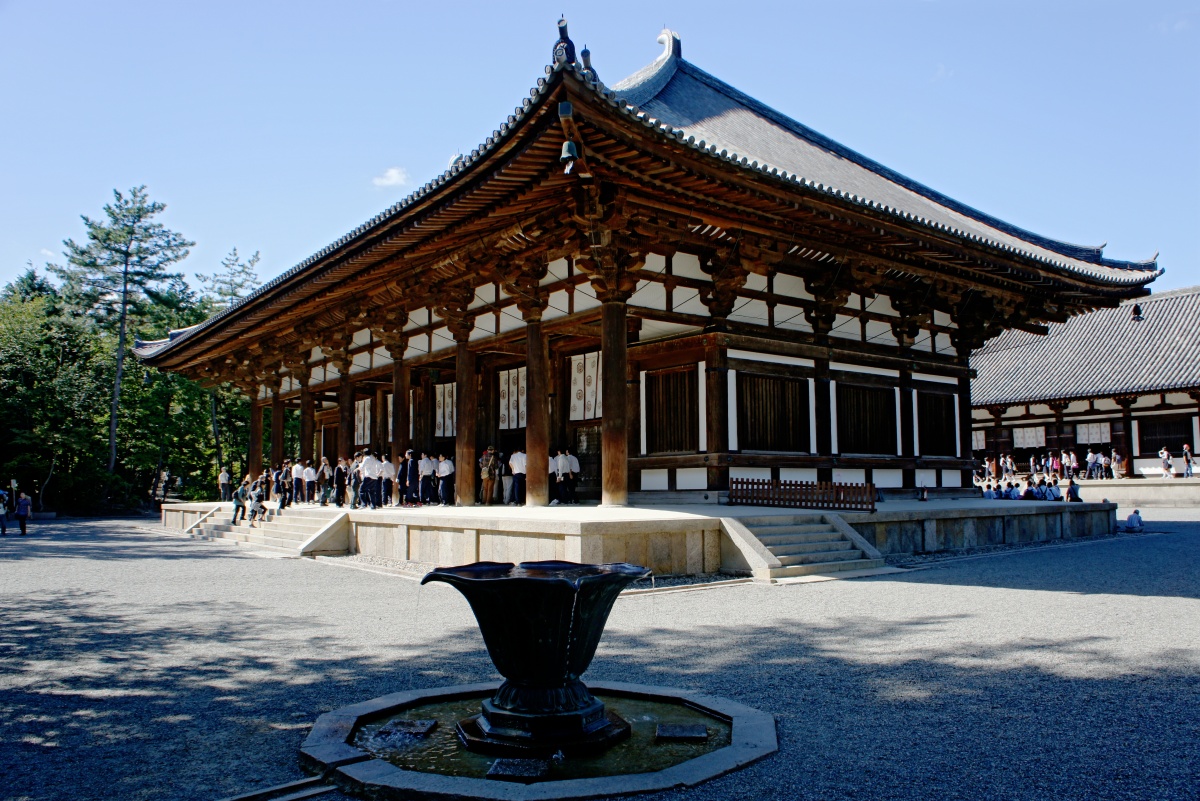
Toshodai-ji Temple, completed in 759, is famous for its Golden Hall, which is a National Treasure of Japan. The classic architecture of the Golden Hall—with its single story and hipped tiled roof with a seven-bay-wide façade—is considered the archetype of “classical style” in Japan. The temple is also famous for its statue of Ganjinwajo (a Chinese monk who helped propagate Buddhism in Japan), another National Treasure of Japan.
5. Gango-ji Temple

Gango-ji Temple is one of the oldest Buddhist temples in Japan, founded in 588 as part of Asuka-dera in the village of Asuka (Nara Prefecture). It moved to Nara in 718 following the relocation of the capital to Heijo-kyo (also in Nara), becoming one of the Seven Great Temples of Ancient Nara.
It's currently located in Naramachi, the Edo Period (1603-1868) merchant district of Nara. It's famous for its main hall (gokurakubo hondo) and Zen hall, which are both National Treasures of Japan.
4. Yakushi-ji Temple
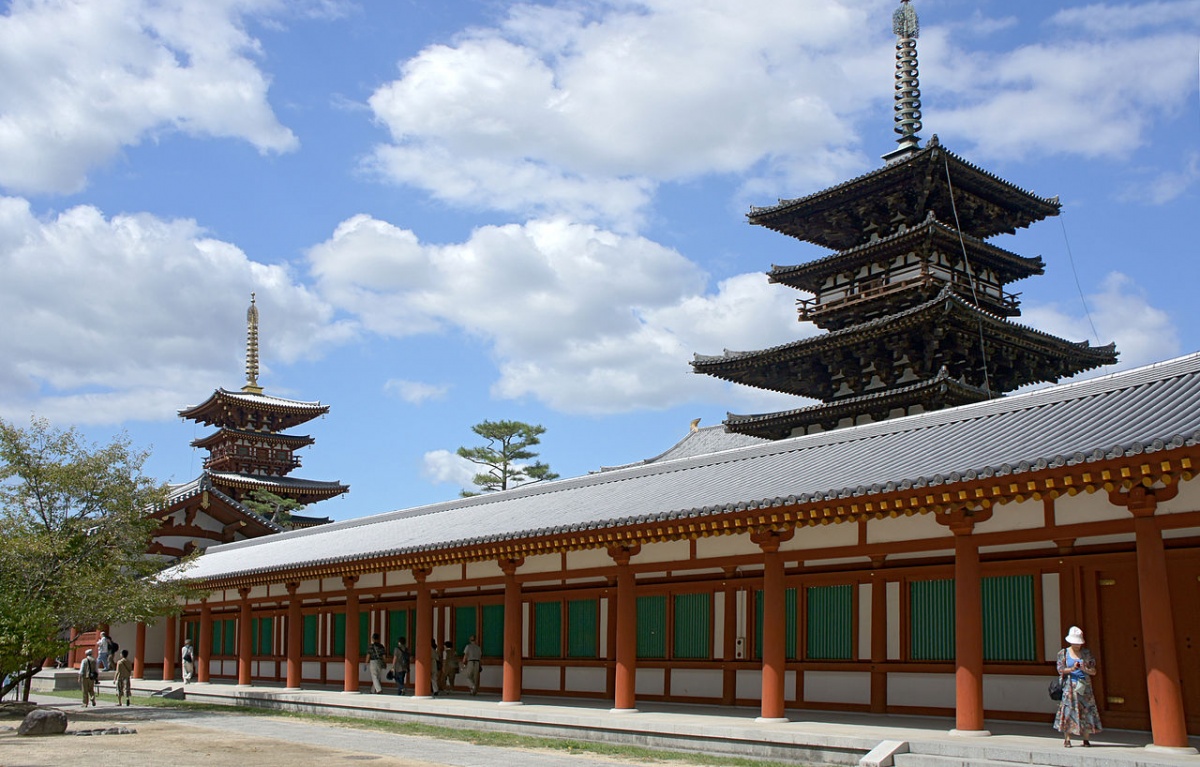
Yakushi-ji Temple was established by Emperor Temmu in 680, who had it built as a prayer for the healing of his sick wife; it's one of the most famous ancient temples in Japan. The temple was also one of the Seven Great Temples of Ancient Nara.
Its name comes from Yakushi Nyorai, the Medicine Buddha, who was one of the first Buddhist deities to arrive in Japan from China. The temple is famous for its East Pagoda and East Hall (Toin-do), both of which are National Treasures of Japan. The temple also houses some of the most beautiful Buddhist statues in all Japan.
3. Kasuga Grand Shrine
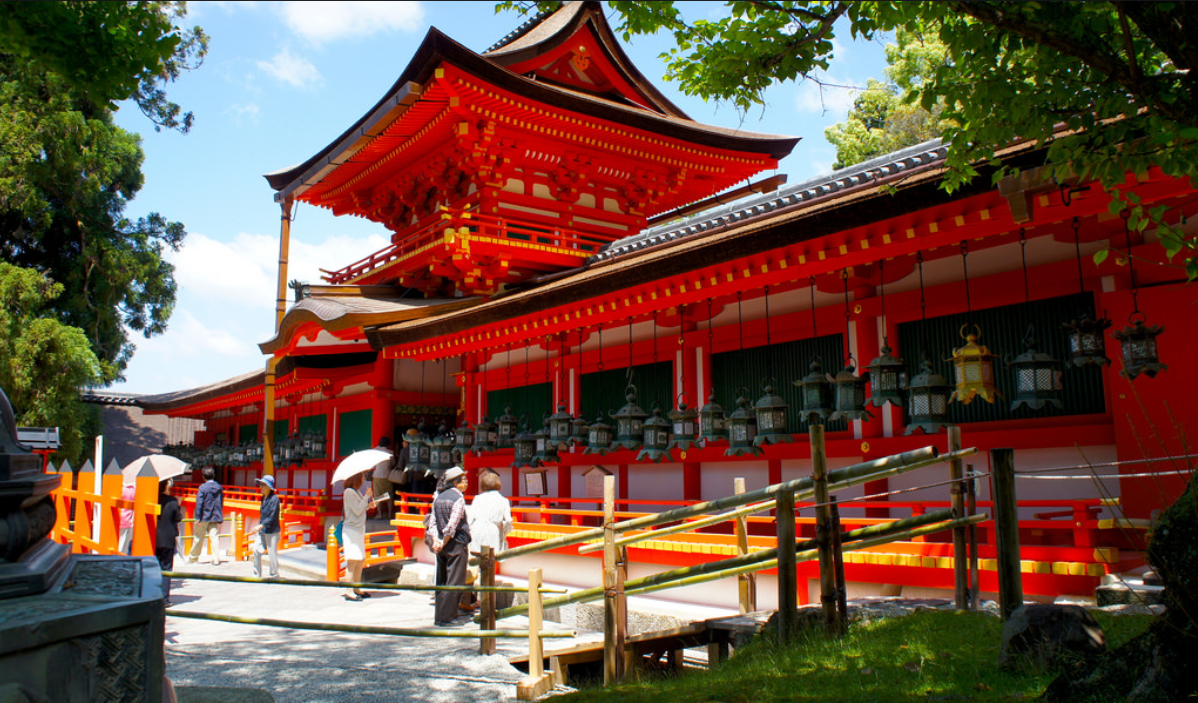
https://www.flickr.com/photos/42809045@N04/18001524952
Kasuga Grand Shrine was founded in 768 as the family shrine of the powerful Fujiwara clan. It's Nara’s most celebrated shrine and is dedicated to the deity responsible for the protection of the city. Kasuga Grand Shrine is famous for its hundreds of bronze lanterns which hang from its ceilings, as well as the stone lanterns that line the approach to the shrine.
The main hall (honden) of the shrine is a National Treasure of Japan. The path to Kasuga Shrine passes through Nara Park, which is home to hundreds of free-roaming deer believed to be sacred messengers of the Shinto gods that inhabit the shrine and surrounding mountains.
2. Kofuku-ji Temple
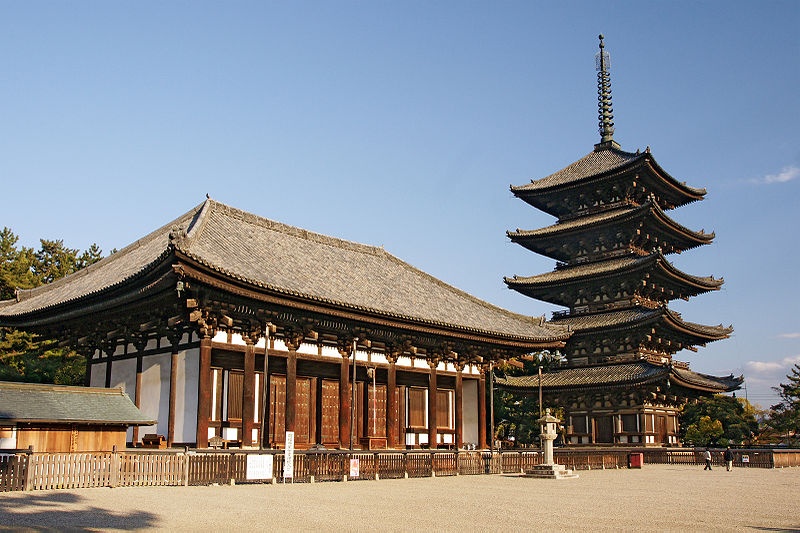
Kofuku-ji Temple was originally established in 669 in Kyoto and moved to Nara when the capital was transferred in 710. It was one of the Seven Great Temples of Ancient Nara and is famous for its east main hall, the tokondo, and five-story pagoda, which are both National Treasures of Japan. The five-story pagoda, standing at 50 meters (164 ft), is the second-tallest in Japan, losing out by a few meters to To-ji in Kyoto.
1. Todai-ji Temple

https://ja.wikipedia.org/wiki/%E3%83%95%E3%82%A1%E3%82%A4%E3%83%AB:T%C5%8Ddai-ji_Kon-d%C5%8D.jpg
Todai-ji Temple is the star attraction of Nara and is one of Japan’s most famous and historically significant temples. Its main hall is the world’s largest wooden building, and houses the Daibutsu (Great Buddha)—the world’s largest bronze statue of the Buddha Vairocana at 14.7 meters-high (48 ft).
The temple was founded in 752 as the head temple of all provincial Buddhist temples of Japan, and was one of the Seven Great Temples of Ancient Nara (the Nanto Shichi Dai-ji), an influential and powerful group of temples scattered around the area. Today the Great Buddha symbolizes Nara and its past history as the ancient capital of Japan.



